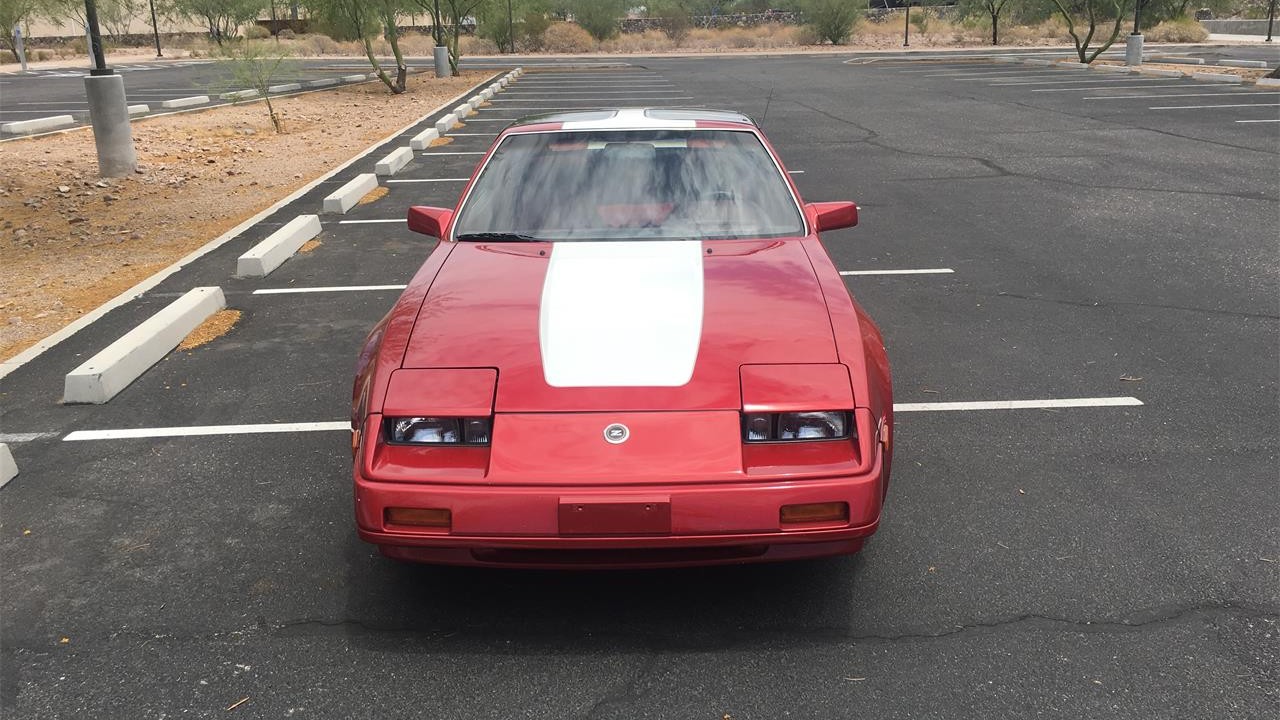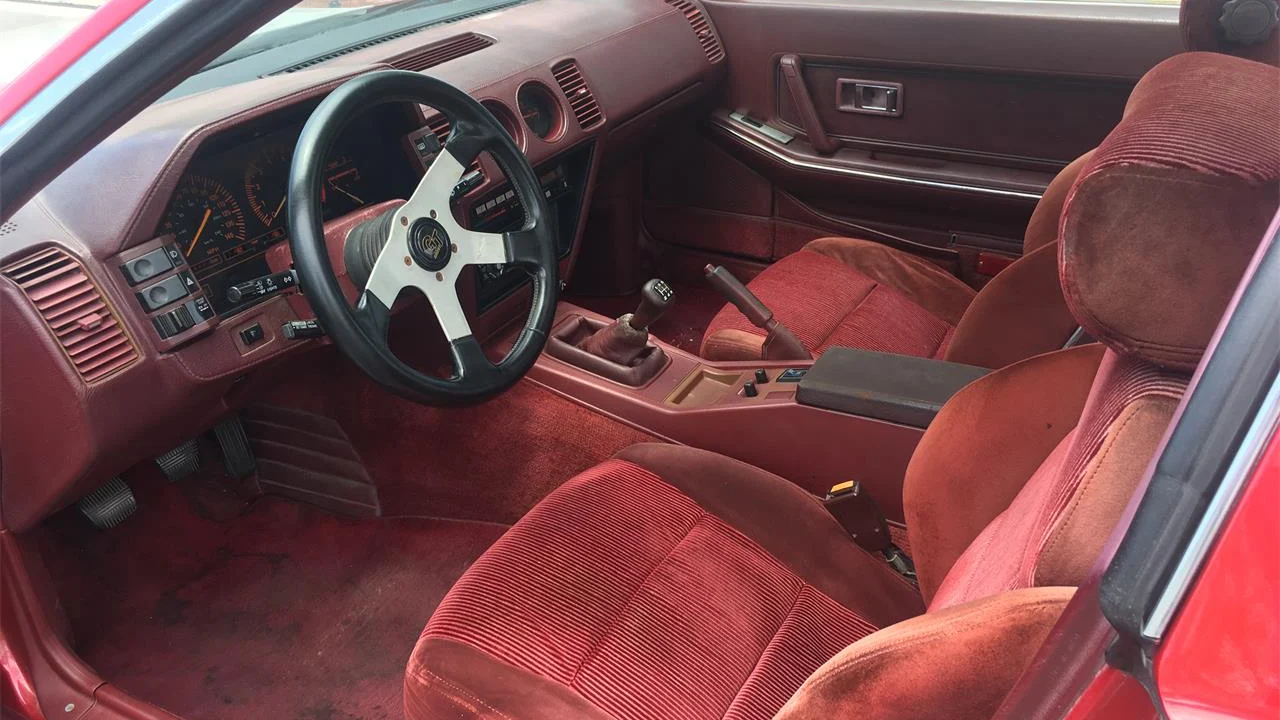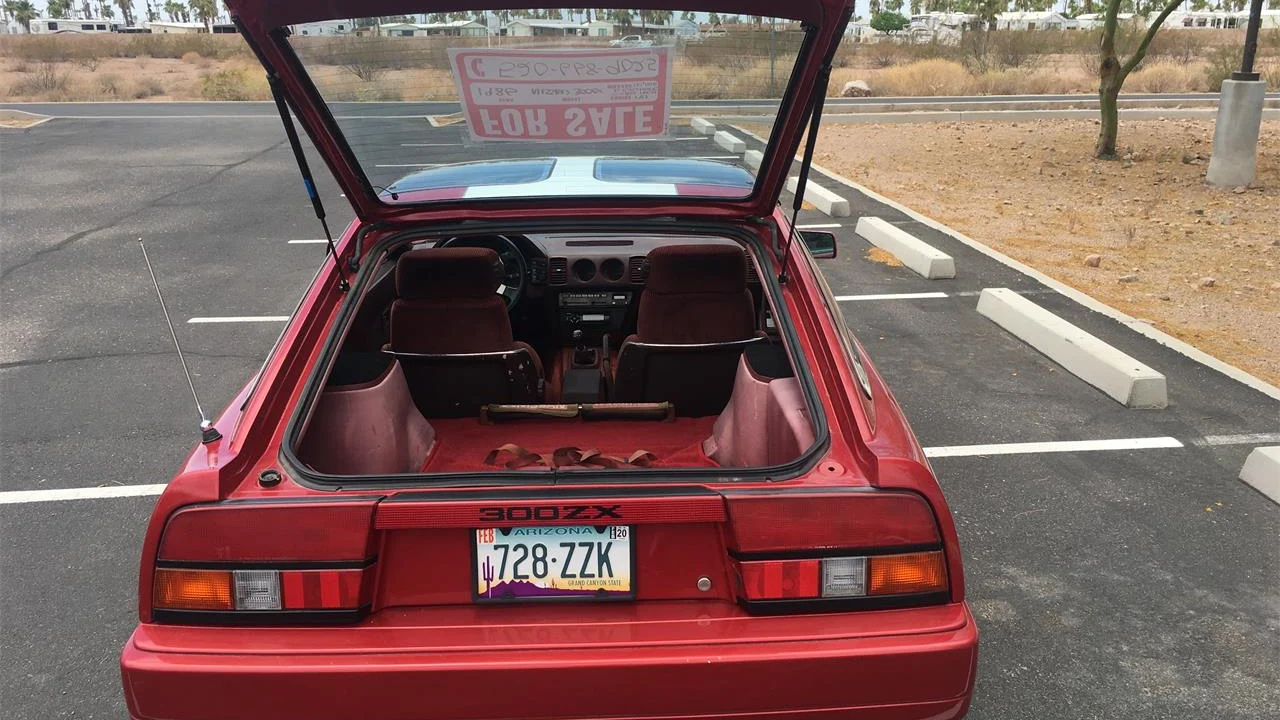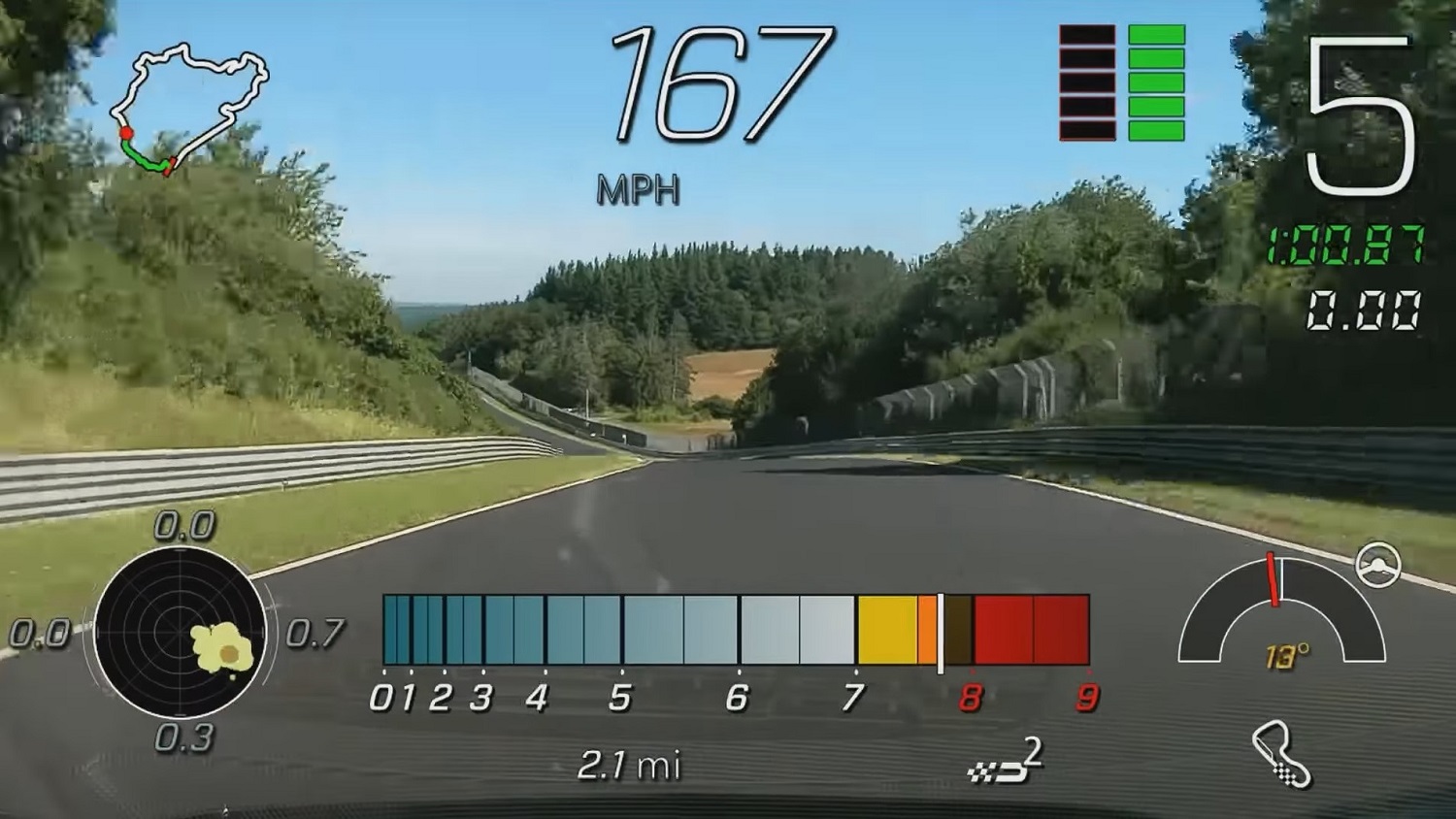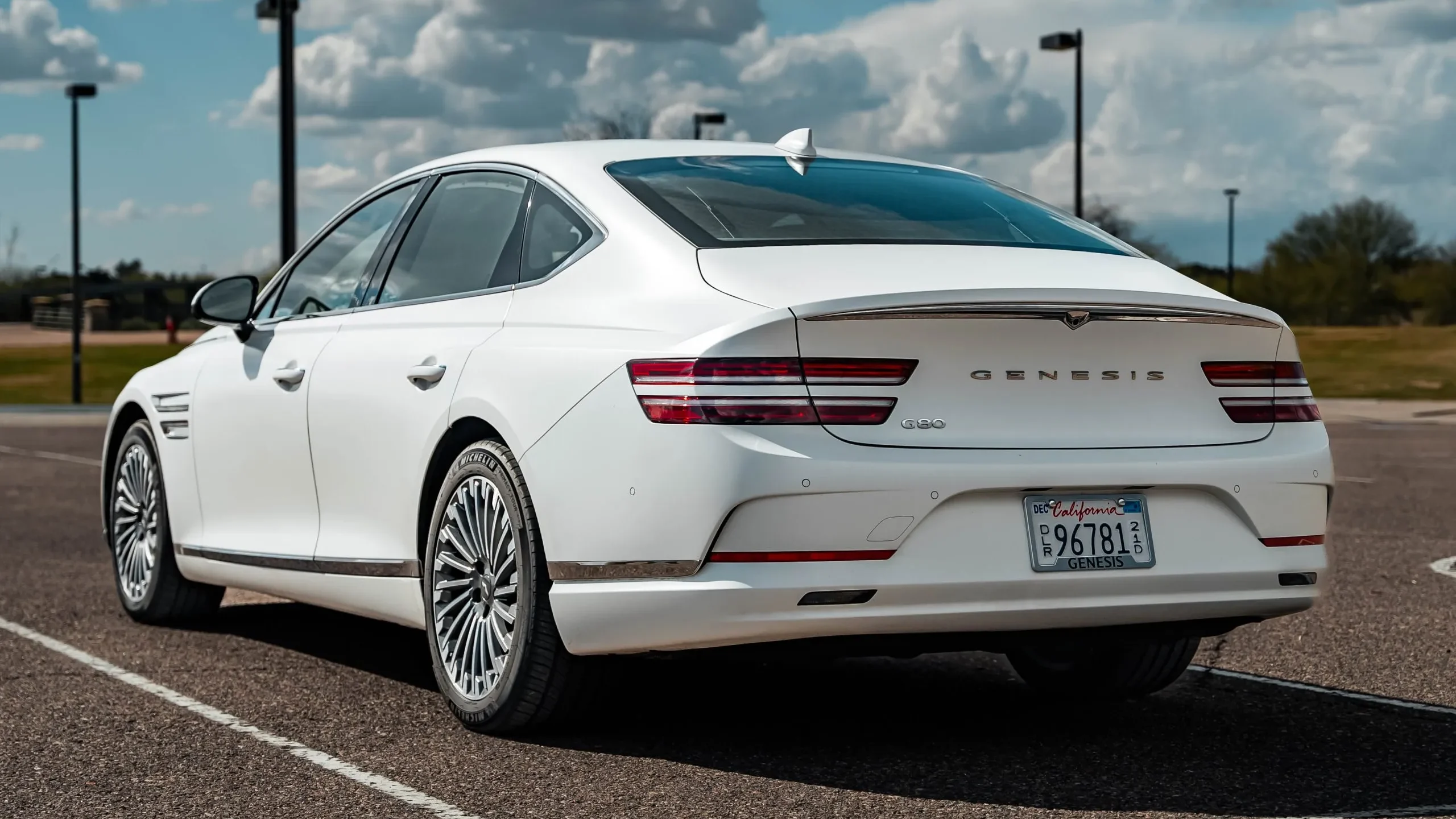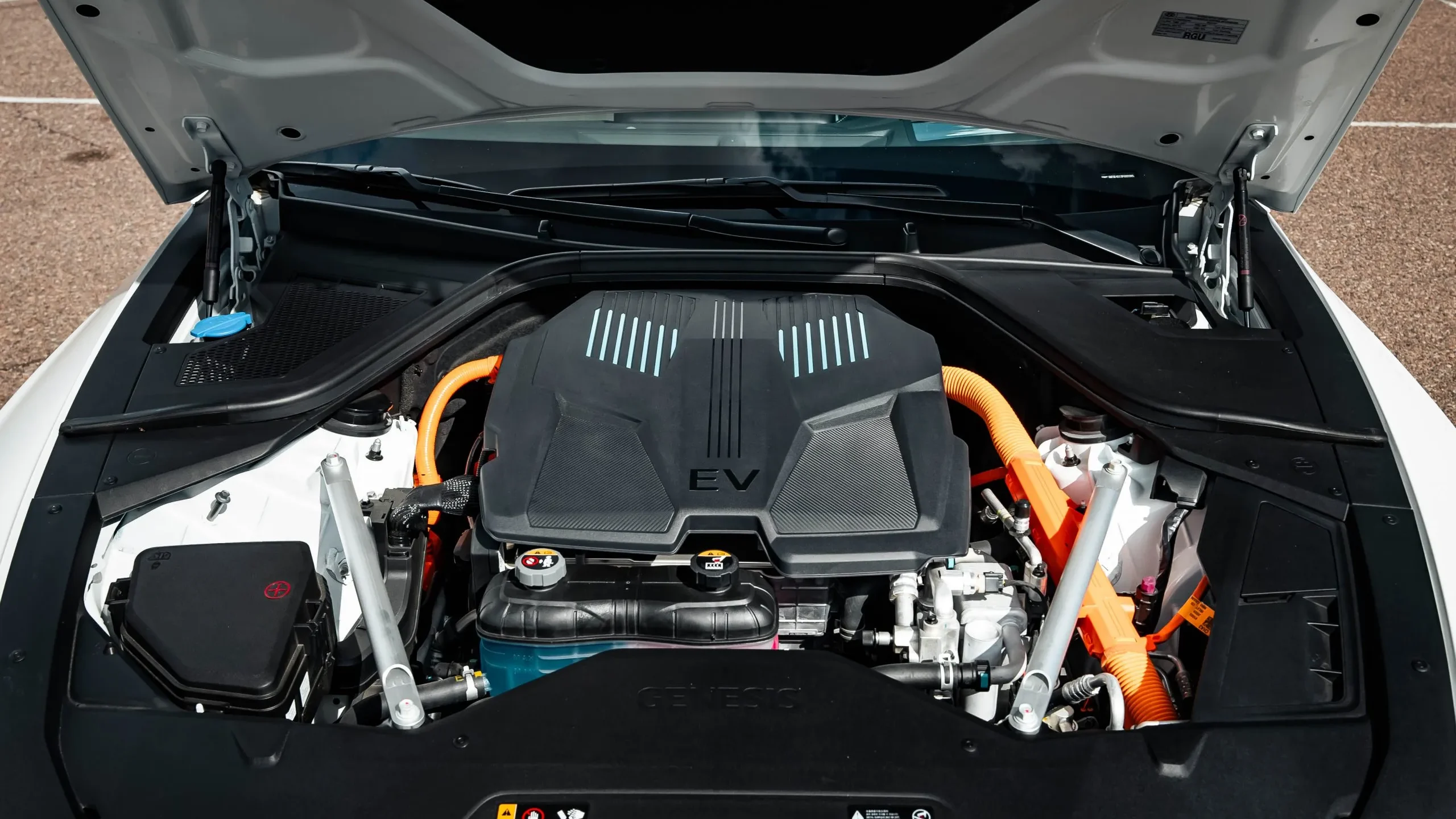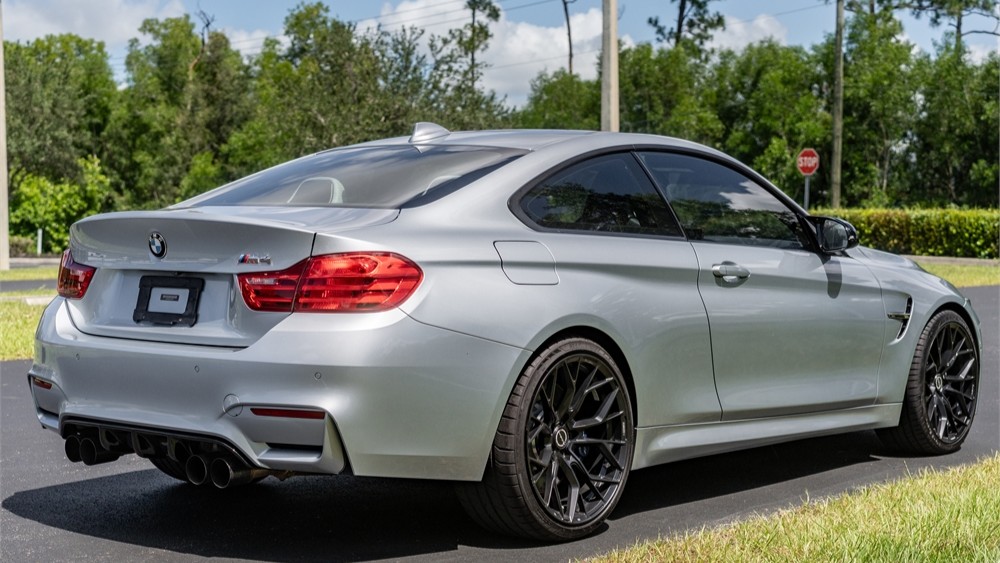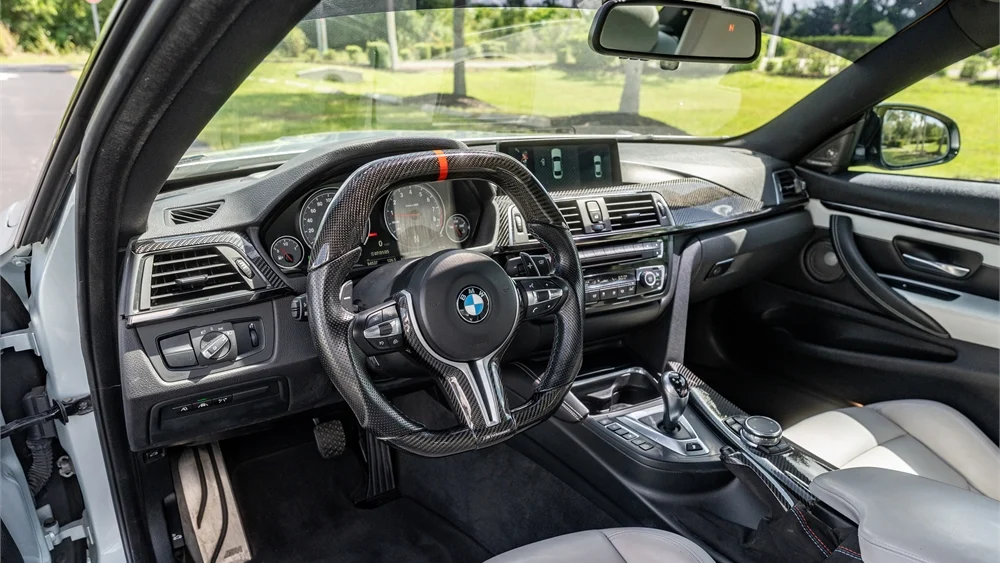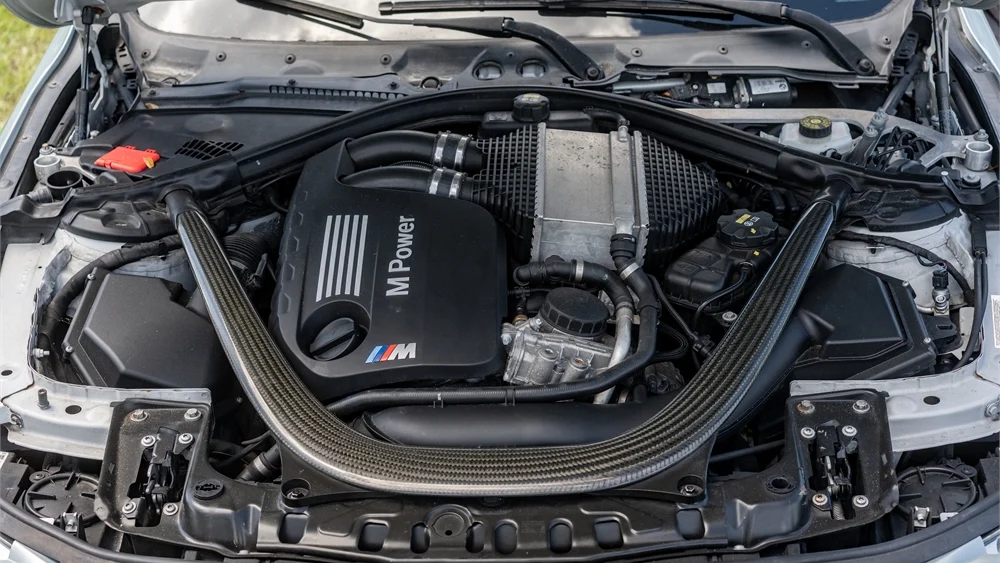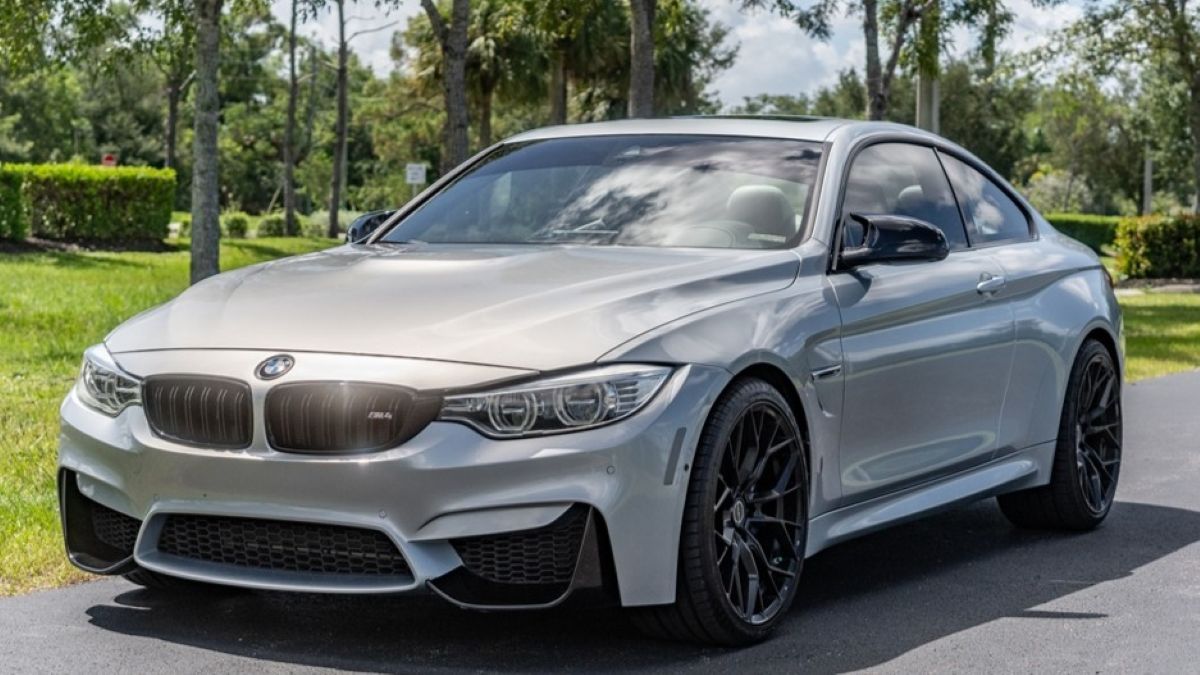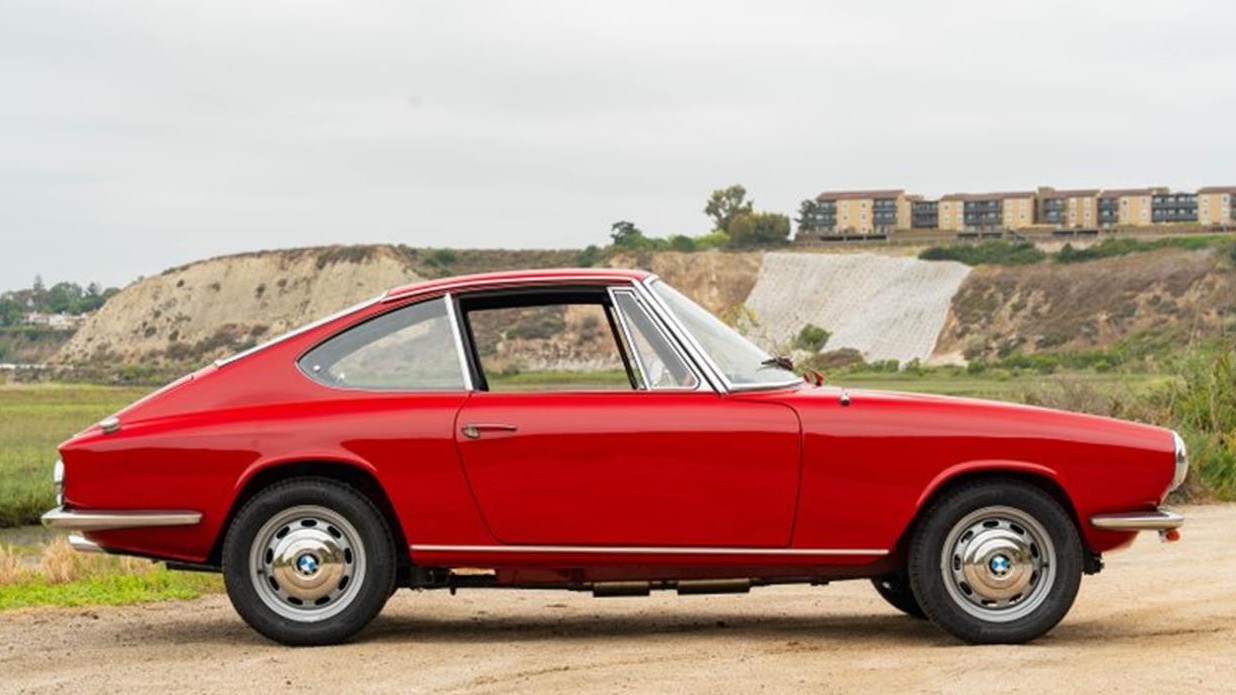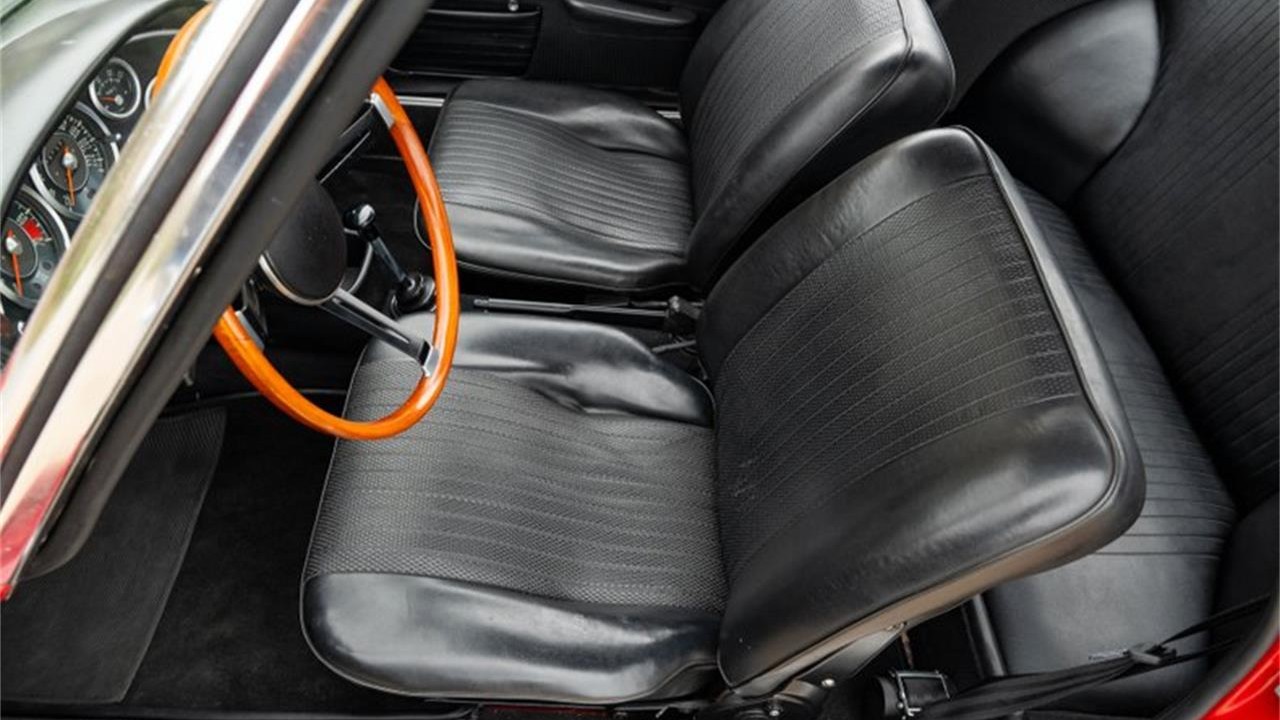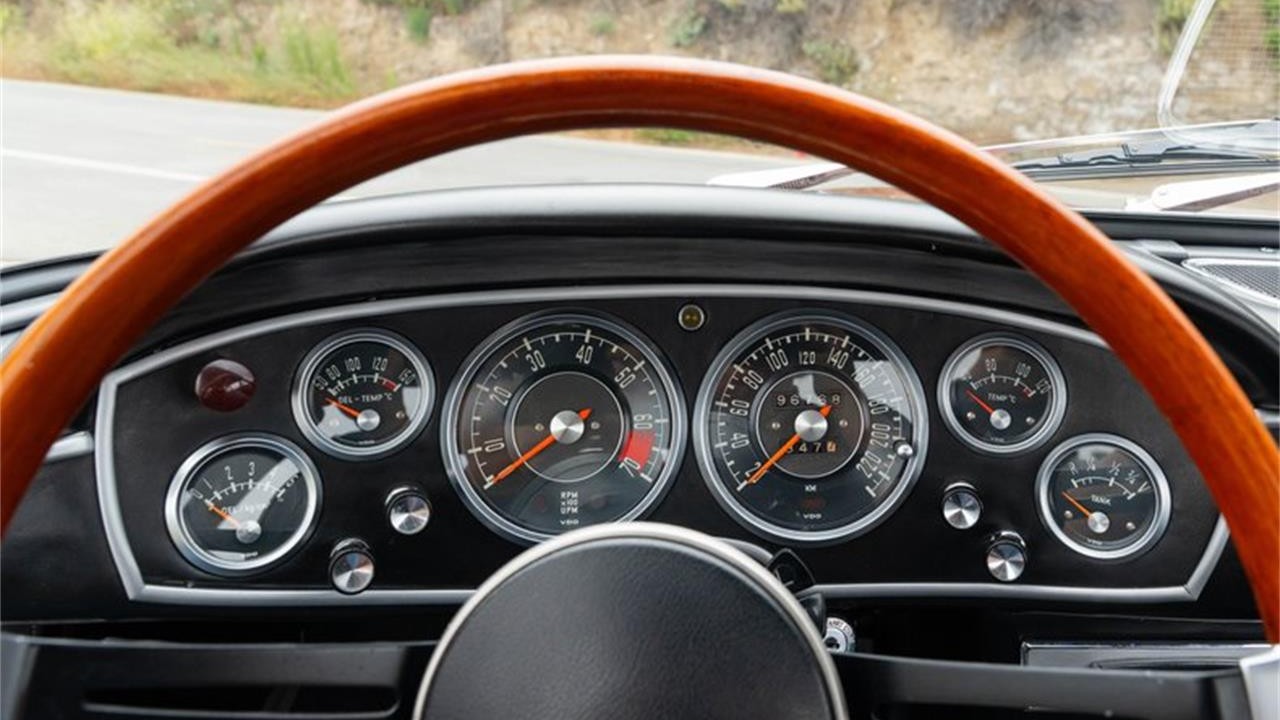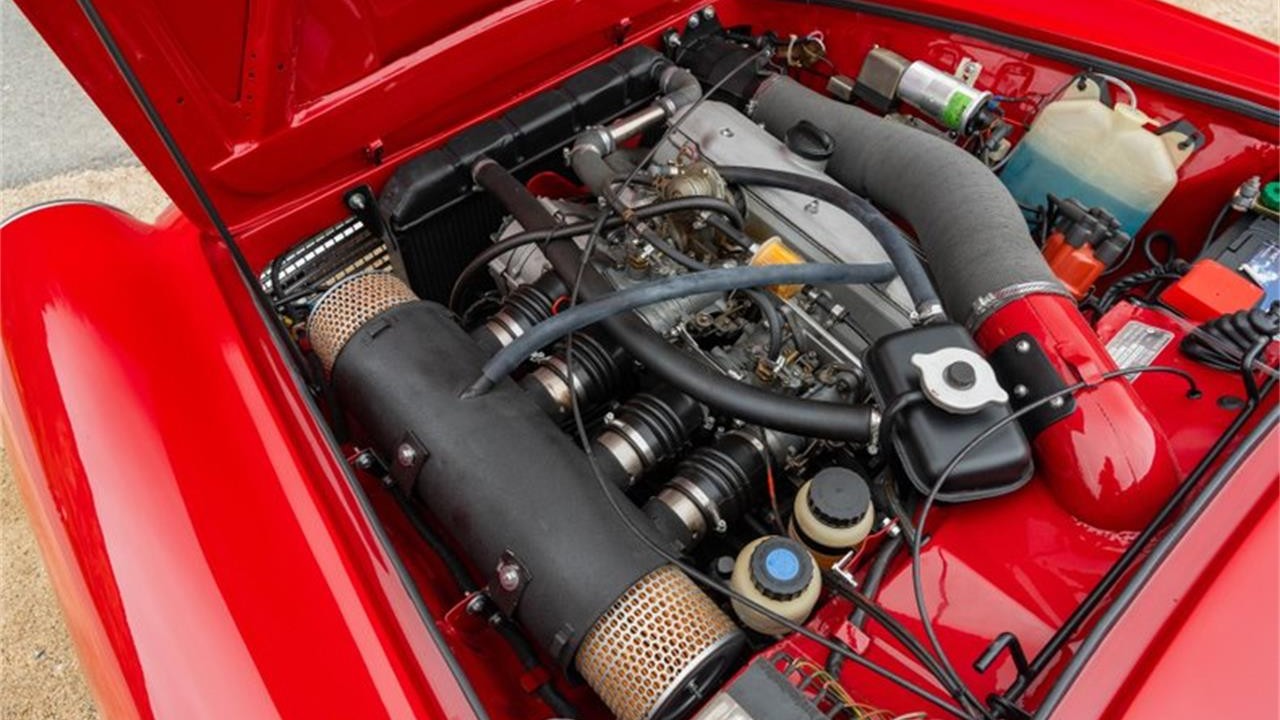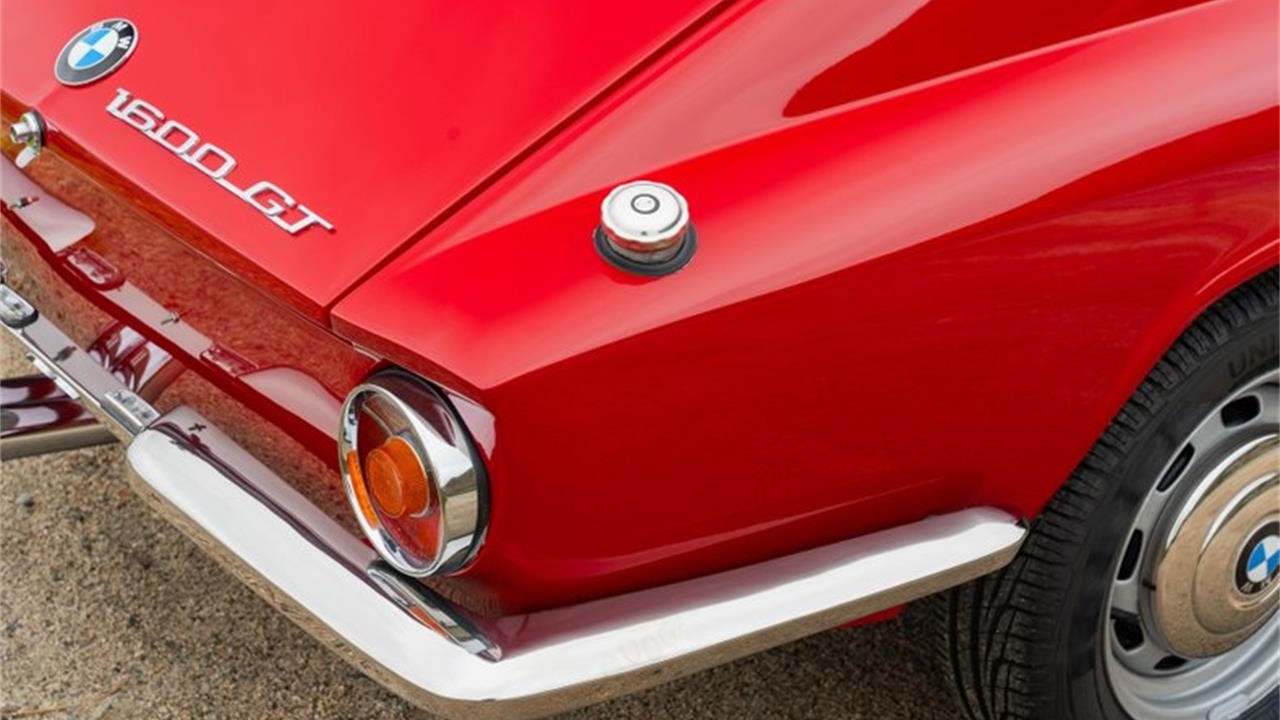Not all vehicles from a bygone era are considered classics in the most positive, romantic sense of the word—some of them are just old, used cars. But as the old-school SUV community has shown, the International Harvester Scout II is a legitimate—and beloved—classic off-roader. Consider our latest AutoHunter Spotlight vehicle, a 1977 International Harvester Scout II Traveler 4X4, a classic with more than a few modern twists. If you make the winning bid on it, it’ll come from the private seller in Los Angeles with a bronze removable hardtop, thousands of dollars in service and parts receipts, and a clear title.
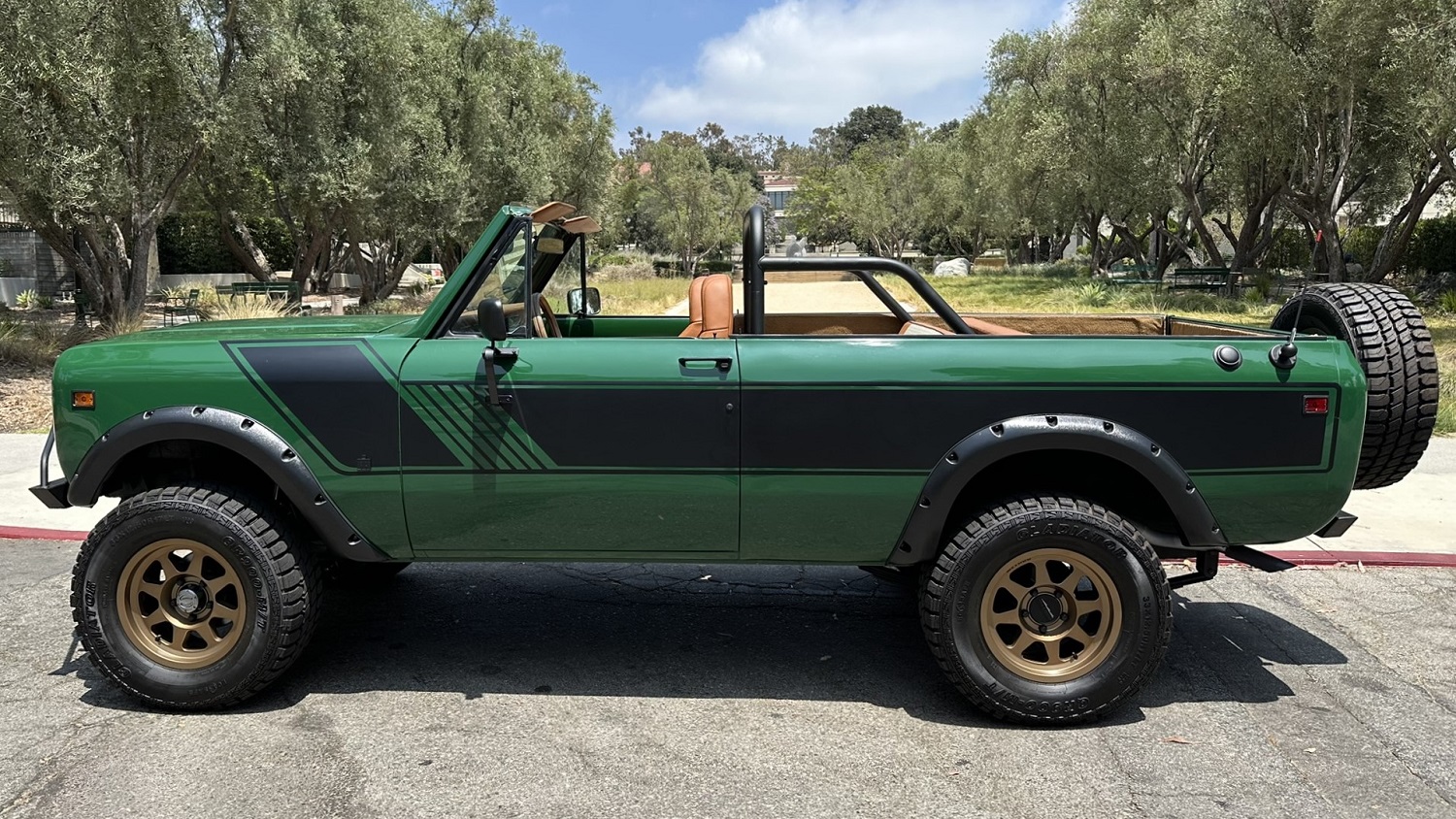
According to Scout Motors, production of the Scout II, a.k.a. “Wow Wagon,” began on April 19, 1971. Engine options included a 196ci four, 232ci six, 304ci V8, and 345ci V8. “Power steering, air conditioning, vastly improved ride quality, sound deadening, on top of a broadened array of styling, comfort and convenience options, put the Scout II model right back in the top tier of the growing SUV market.” The 1976 model year brought updates that included a pair of new long-wheelbase models: the Traveler SUV and the Terra pickup.
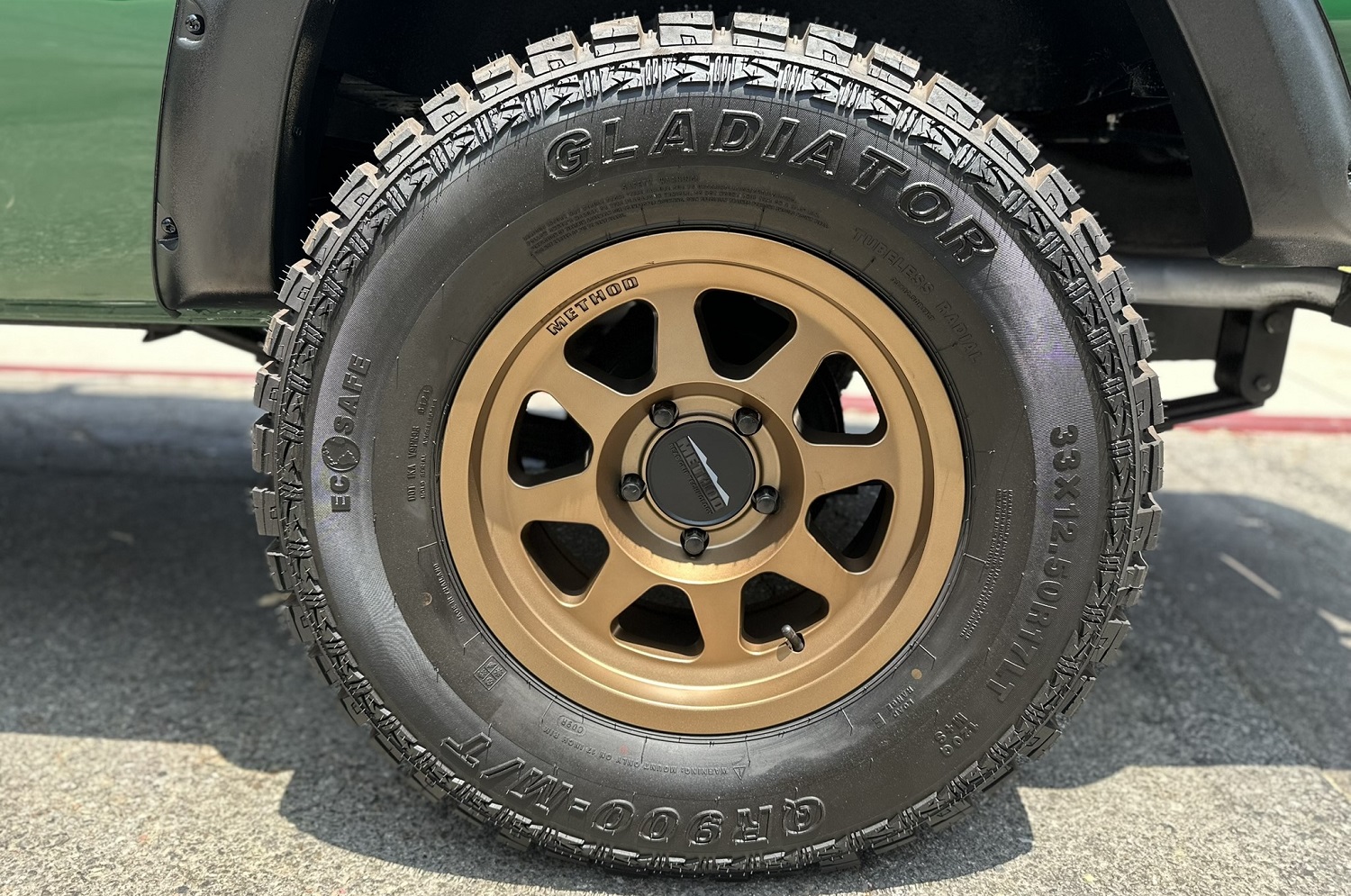
This 1977 Scout II Traveler was put through a refurbishment process that started in 2002 and resulted in this distinctively styled and thoughtfully updated rig. Up front, it has a powder-coated off-road bumper, black aftermarket Super Scout II grille, and green LED halo-style headlights. Matte black side graphics keep the green body from looking too slab-sided. Of course, this Scout also has a lift (four inches) as well as upgraded wheels and tires. Under the black fender flares is a set of bronze 17-inch Method Race Wheels outfitted with 33-inch Gladiator QR900-M/T tires; there’s a matching one mounted at the rear on the swing-away spare tire carrier.
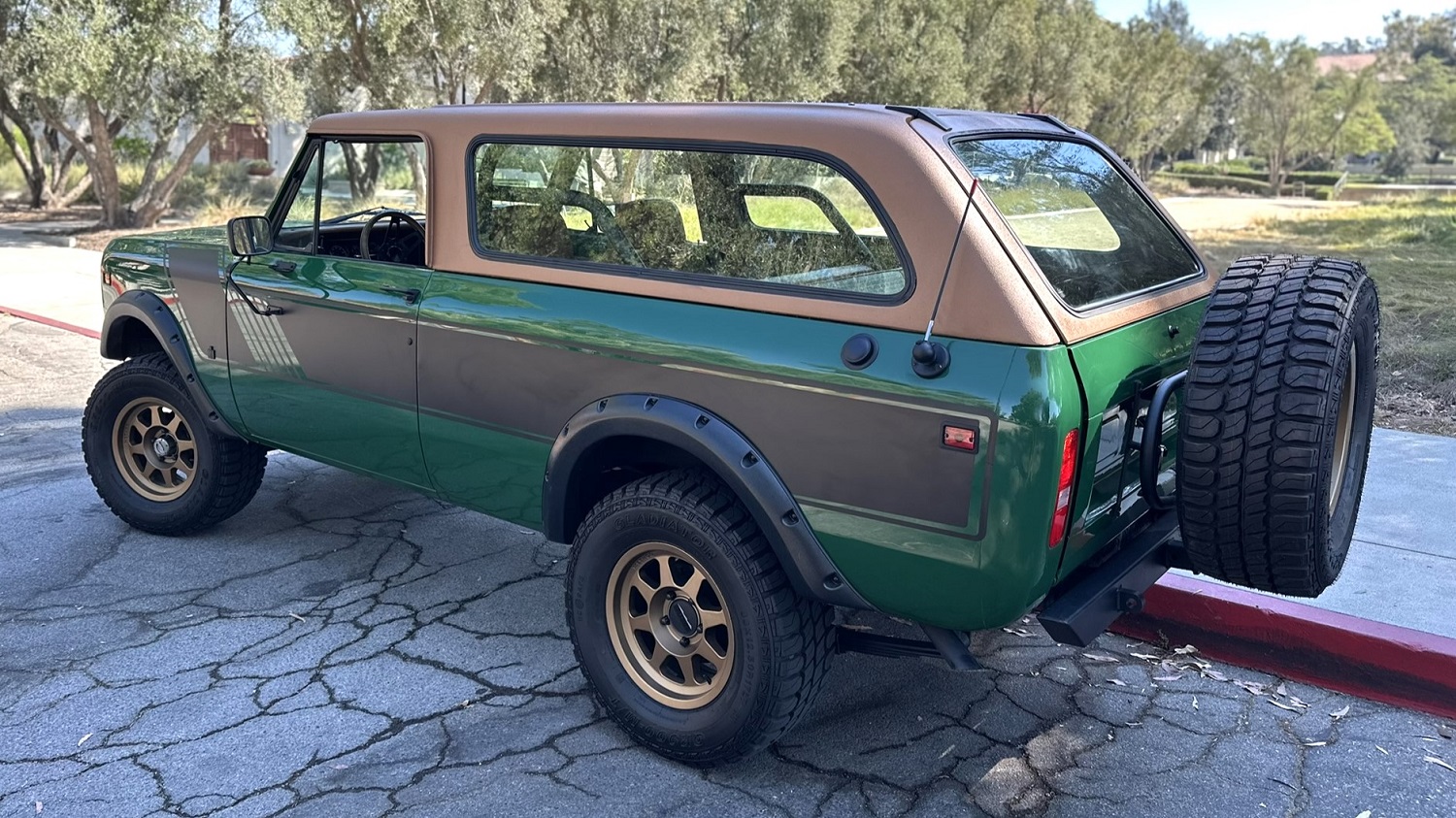
The hardtop is covered in bronze bed liner material and can be removed to reveal a powder-coated roll bar that provides some peace of mind for open-air off-roading.
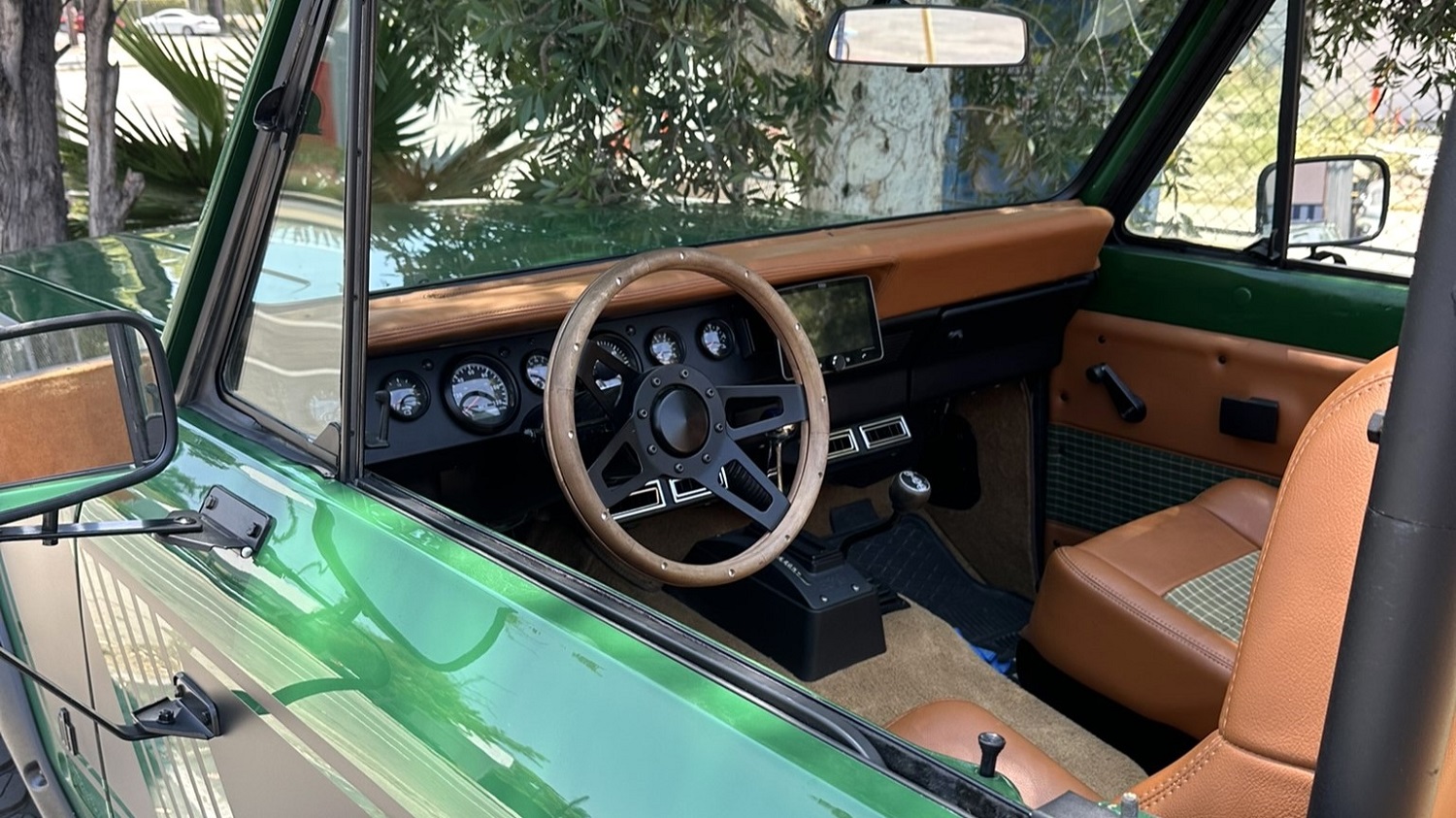
Just like the outside, the interior was extensively customized and updated. The front buckets, second-row bench, and rear-facing third-row bench are covered in a handsome combination of tan vinyl and green plaid fabric inserts, and come equipped with seat belts. Whether the top is on or off, the cabin should be comfortable thanks to Vintage Air heat and A/C. A Boss AM/FM/Bluetooth head unit with Apple CarPlay and a 10-inch touchscreen is connected to an array of Focal speakers, ready to play music for road trips and off-pavement excursions.
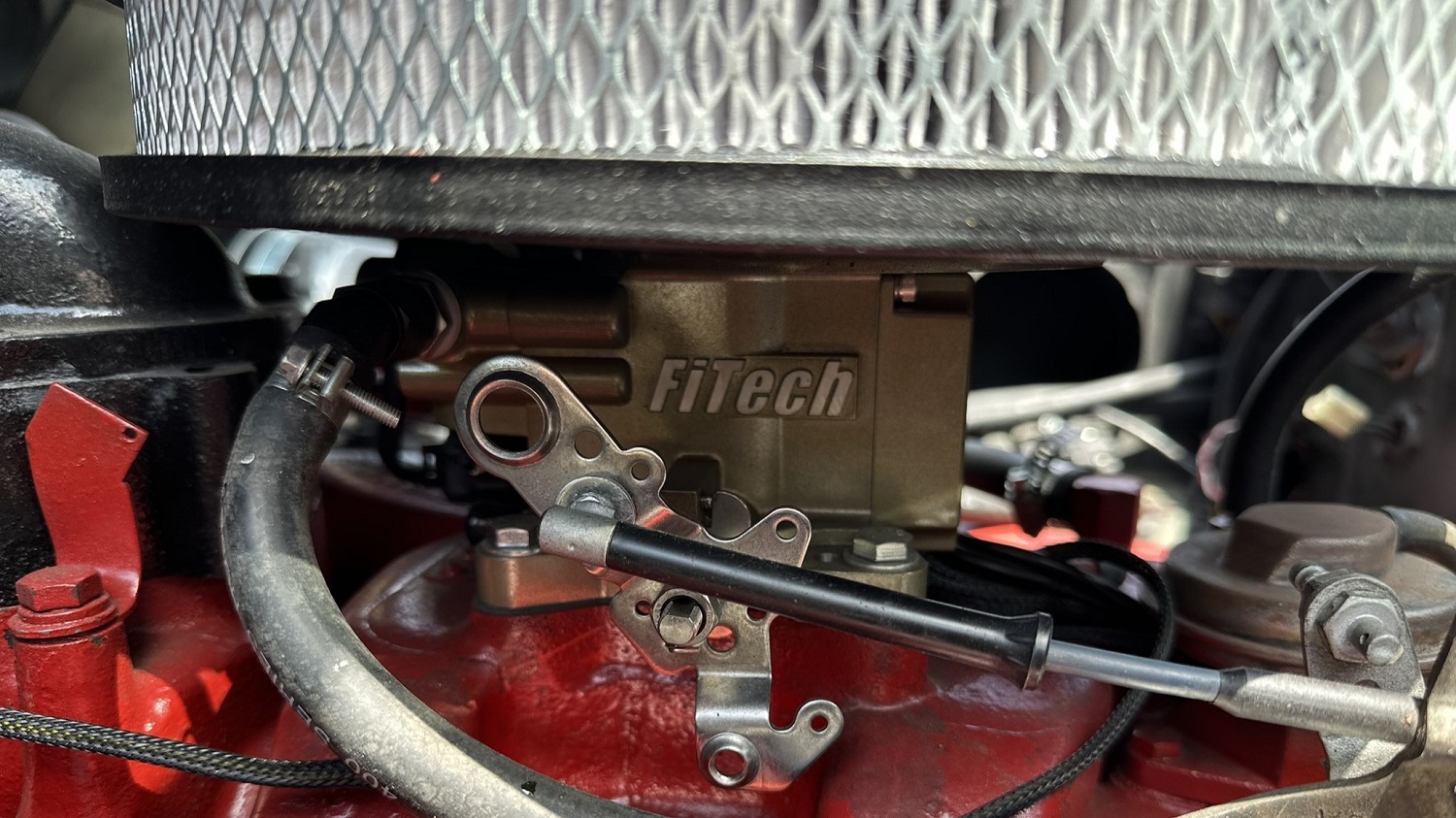
This customized Scout II still is powered by an IH 345 V8, but that was also modernized with a rebuild under previous ownership, including FiTech fuel injection and Hooker headers. Power reaches the street or trail through a three-speed automatic and a dual-range transfer case.
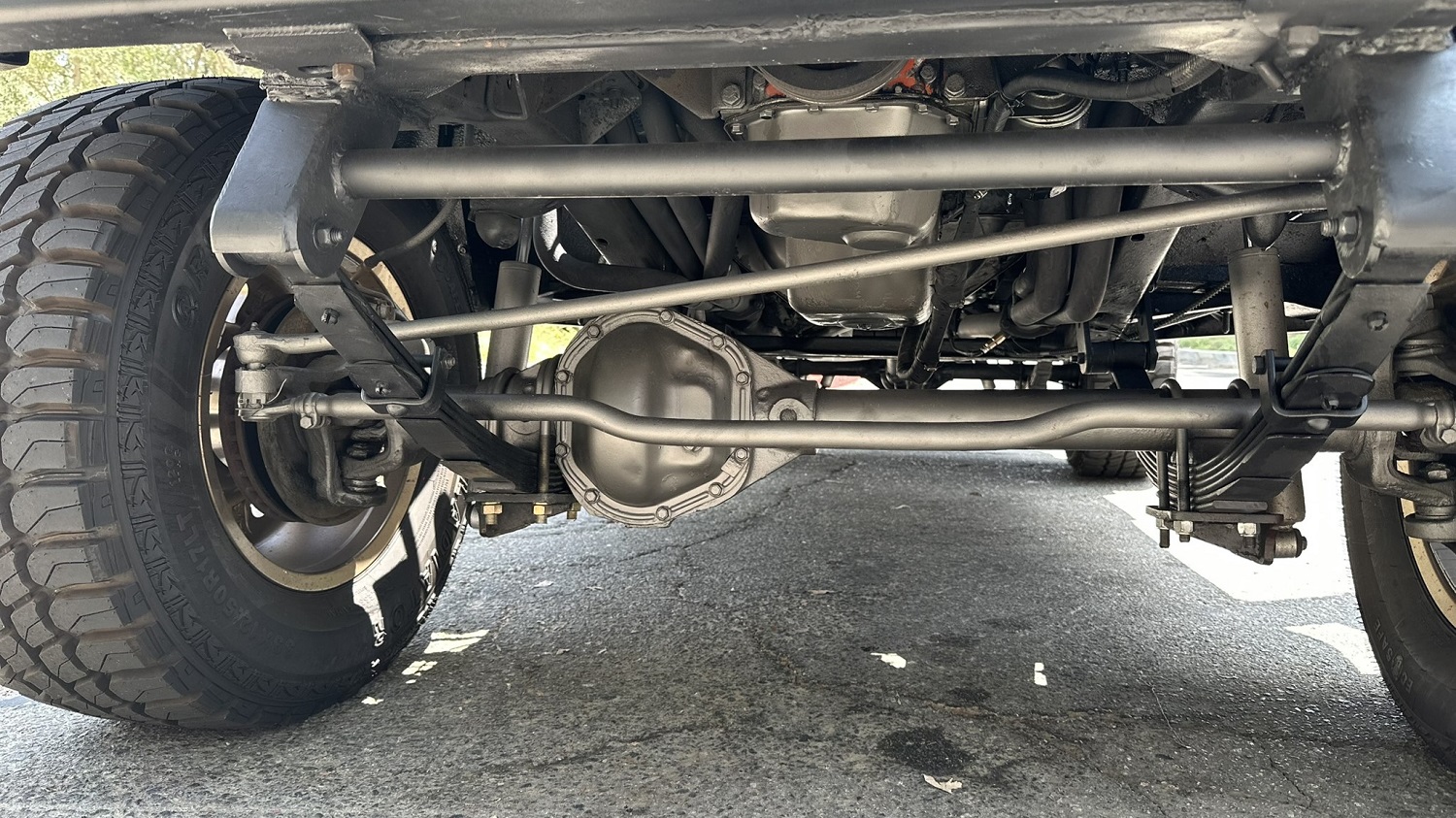
If you want a classic SUV that’s not a Ford Bronco, Chevrolet K5 Blazer, or Jeep CJ, bid on this 1977 International Harvester Scout II Traveler 4X4. The auction ends at 12:45 p.m. (PDT) on Friday, August 15, 2025. Wouldn’t winning it make that weekend even better?
Visit the AutoHunter listing for more information and a photo gallery
